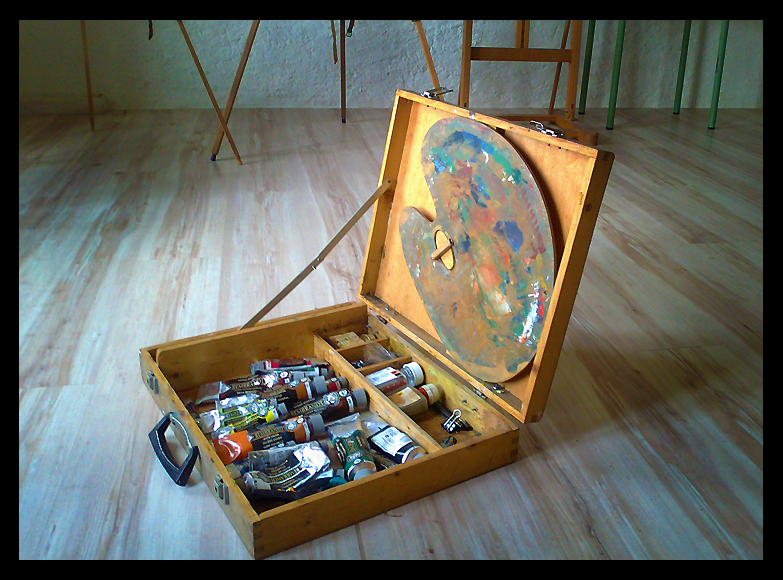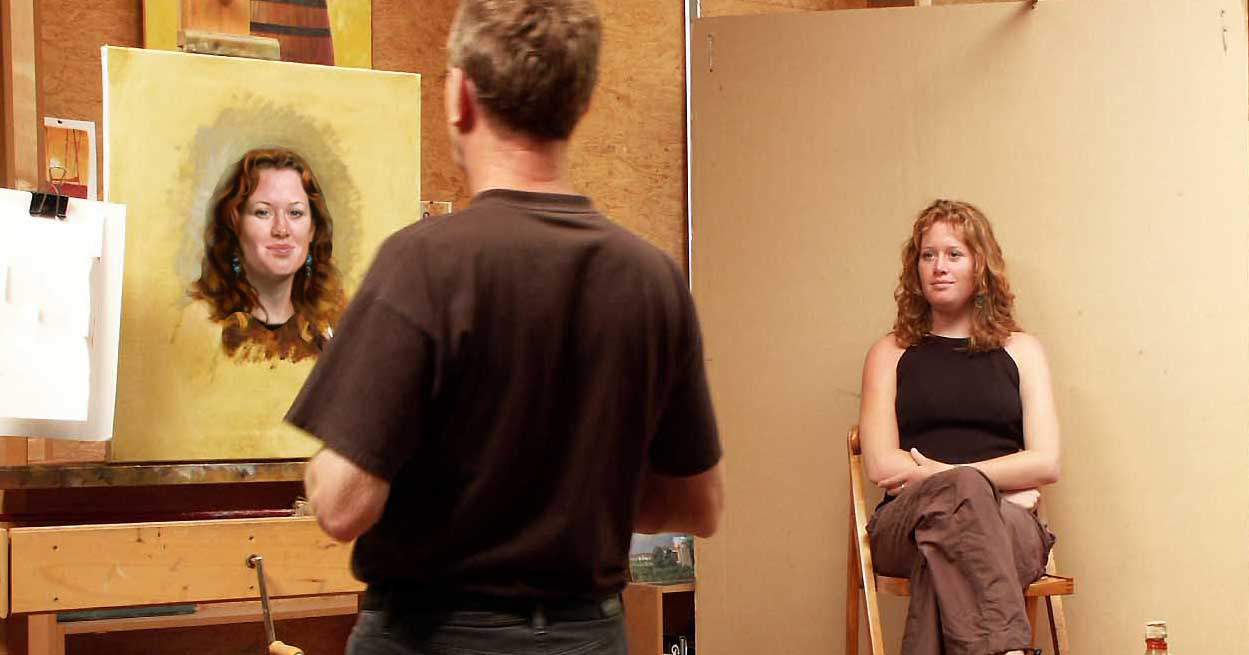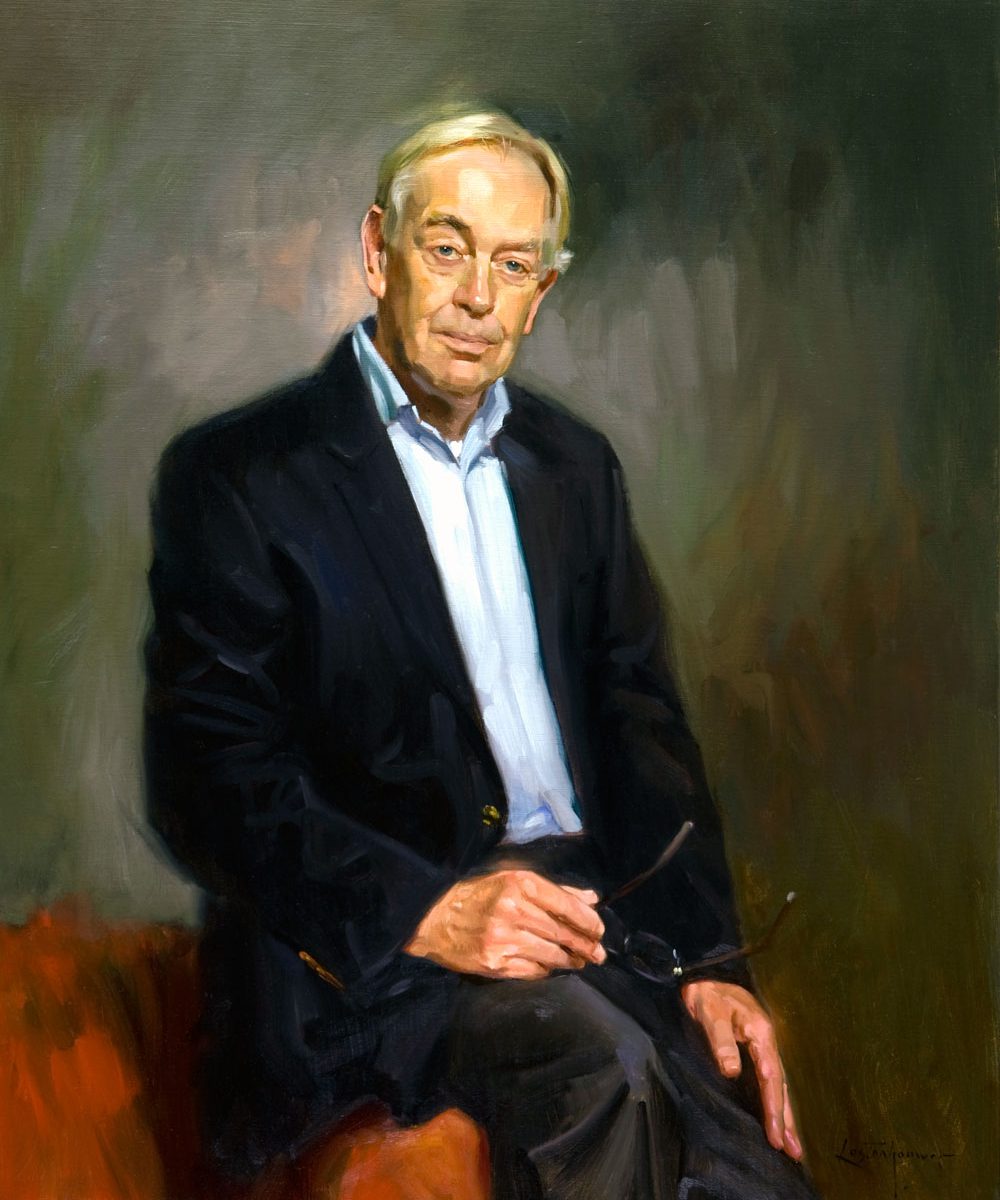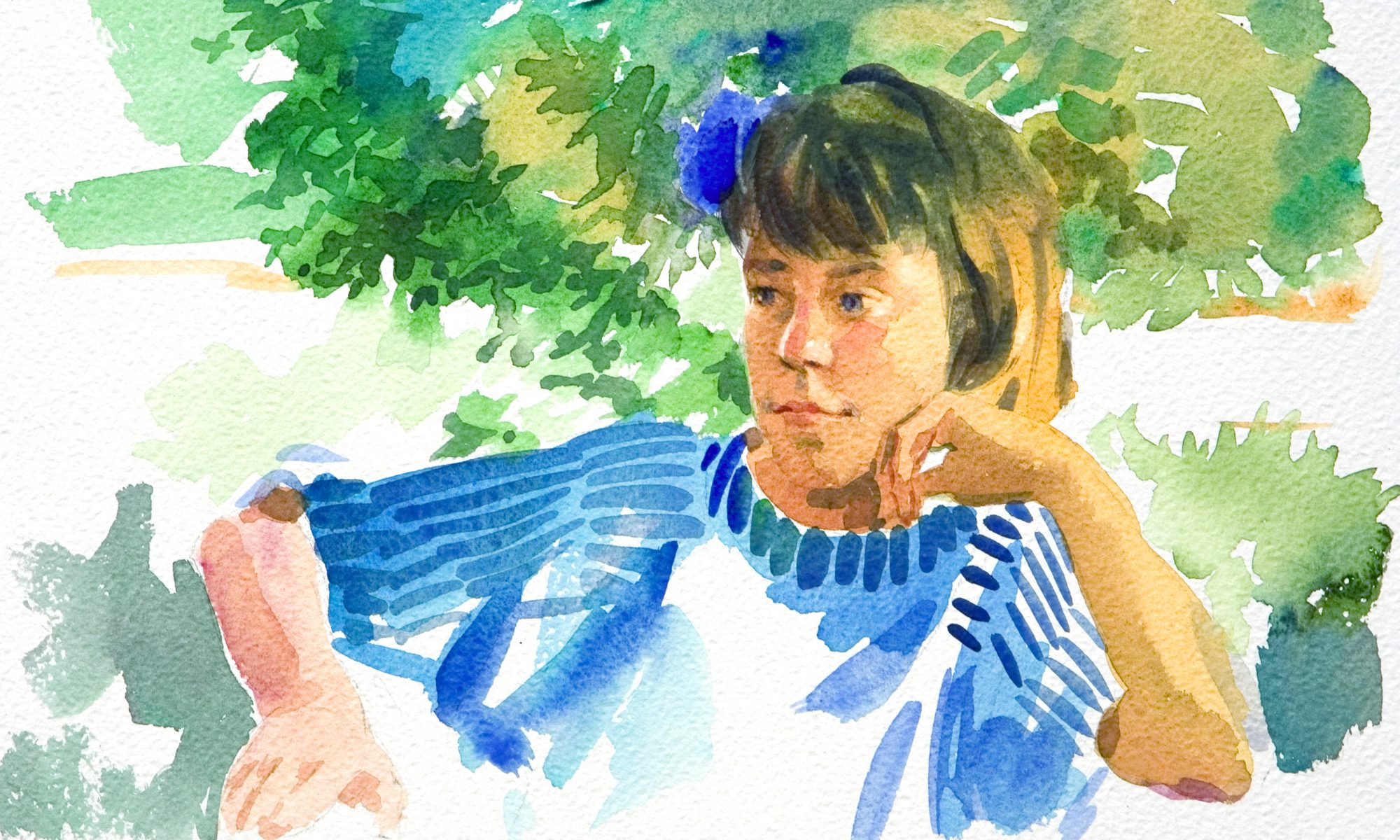Portrait painting is not easy. It takes a while before you can make a acceptable portrait with a good resemblance. You know what I mean, if the intention is to paint your mother, you really want her to look like it. Not a painting of just a woman, no, it must be that woman. Your mother. Continue reading “Portrait painting tip: Try to make bad portraits.”
Portrait painting business
Portrait painting business: Above an image from long time ago when I just started my career as a commissioned portrait painter.
For those who would love to do portrait painting on a commission basis, once again, I want to give some advice. The most important thing I must say is: Make sure you’re good enough. Continue reading “Portrait painting business”
Artists´ signature
How about your artists´ signature?
Maybe a bit of a weird subject but not unimportant: Your artists´ signature. Often enough you see something strange in one or another corner of a painting: too big, to obvious, too clumsy, too sloppy, etc, etc. Continue reading “Artists´ signature”
10 dos and don´ts in portrait painting
Portrait painting techniques
Based on some portraits that I am currently working on, I explain some dos and don’ts in portrait painting technique. Of course I have to say my 10 dos and don´ts. So to say my painting style.
Commissioned children portraits
For my assignments, especially commissioned children portraits, I always work from photography. You know that by now. I travel with my entire photo gear to the sitter´s home – hopefully to return with good material. Continue reading “Commissioned children portraits”
Flesh colours in portrait painting
Try to see some basic flesh colours in portrait painting.
Each complexion has its own specific colour. Apart from the differences of race and ethnic origin, there are some nuances that often occur in almost every type. Here an example of a model with white hair and a ruddy complexion. Continue reading “Flesh colours in portrait painting”
Portrait painting and likeness?
Portrait painting and likeness, a challenge and a source of trouble.
A good portrait must fulfill the two basic requirements: perfect likeness and good artistic characteristics. It seems that sometimes the two are at odds. I know I was more prudent in my approach with commissioned portraits than non-commissioned artwork. The more I progressed during the years the more I was able to grasp at these things. But still sometimes it is difficult. Continue reading “Portrait painting and likeness?”
Portrait in watercolour
A technique with many secrets.
Once in a while, I am asked why I don´t teach how to paint a portrait in watercolour.
Let me first start with a quote by Charles Reid in if famous book “Portrait painting in watercolor”
“For me, watercolor is a spontaneous and suggestive medium, and I find using it an exiting adventure. I´ve heard several “myths“ about painting with watercolor, and I disagree with them all. For example, I´ve heard it said that you can´t make any corrections or changes with this medium.”
Commissioned portraits from photography
To speak with Richard Schmid in his fantastic book “Alla Prima ll” and I repeat his words when it comes to commissioned portraits from photography.
Photos are often the only way we can have access to certain subjects.
Imagine: All my customers live throughout Europe. It is impossible to travel with my all painting stuff around my neck to the sitters home. Staying there for a couple of days and do the job there. Apart from the fact that clients certainly do not have the time to pose for several days. And then I’m not even talking about additional problems with portraying small children.
So there is no argument against portrait painting from photography. I say it once again loudly and clearly. And for the umpteenth time, of course, it is essential to study from observation. That is the basis of your artistic skills. But one does not exclude the other. Certainly not if it is about a commissioned portrait. The invention of photography is thus a blessing for us, portrait painters. I know this world from within and know what I’m talking about. Almost all of my colleagues use photographic reference, but many talk mysteriously about it.
Details in portrait painting
Beginning painters often put in too many details in portrait painting and make them too sharp. For example: Cutting edges around the eyes, hard red lips, pointed corners of the mouth etc. etc. Why? One of the pitfalls is associated with working from photography.









